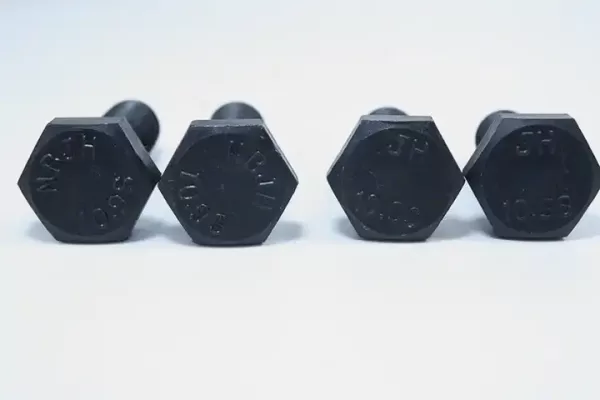Introduction
The M6 hex bolt, a fundamental fastener in the world of engineering and construction, plays a crucial role in joining two or more objects together. This article aims to provide an overview of the M6 hex bolt, its applications, and the importance of choosing the right bolt for specific tasks.

Anatomy of the M6 Hex Bolt
The M6 hex bolt is a type of screw with a hexagonal head that allows it to be turned by a wrench or socket. The “M6” designation refers to the nominal size of the bolt, which is measured in millimeters. In this case, the diameter of the bolt shank is 6 mm. The length of the bolt can vary depending on the application, but it is typically available in standard lengths ranging from 10 mm to 100 mm.
Applications of the M6 Hex Bolt
The M6 hex bolt is widely used in various industries due to its versatility and strength. Some common applications include:
1. Automotive Industry: The M6 hex bolt is commonly used in automotive manufacturing for attaching components such as engine parts, suspension systems, and electrical wiring harnesses.
2. Aerospace Industry: Bolts of this size are used in aircraft construction, particularly in fastening lightweight materials like aluminum alloys and composites.
3. Construction and Building: M6 hex bolts are used in building structures, including bridges, skyscrapers, and residential buildings, for joining metal frames, beams, and other structural elements.
4. Machinery and Equipment: These bolts are used in various types of machinery and equipment, such as industrial machines, agricultural equipment, and power generation systems, for securing critical components and ensuring safety.
5. DIY Projects: Due to their availability and ease of use, M6 hex bolts are commonly used in DIY projects around the home, such as furniture assembly, shelving installation, and tool storage solutions.
Choosing the Right M6 Hex Bolt
When selecting an M6 hex bolt for a specific application, it is essential to consider factors such as material compatibility, thread quality, and load-bearing capacity. The following guidelines can help ensure the right bolt is chosen:
1. Material Compatibility: Ensure that the bolt material matches the materials being joined. Common materials for M6 hex bolts include carbon steel, stainless steel, and alloy steel.
2. Thread Quality: Choose a bolt with a high-quality thread that will not strip or deform under load. Coarse threads are suitable for heavy-duty applications, while fine threads are better suited for precision applications.
3. Load-Bearing Capacity: Determine the maximum load that the bolt must bear and choose a bolt with a sufficient strength rating. Bolt strength ratings are typically expressed as a minimum yield strength value in megapascals (MPa).
4. Length and Head Type: Select a bolt length that will allow for proper engagement between the joined objects and a head type that provides adequate grip and turning leverage. Common head types include flat head, round head, and hex head.
Conclusion
The M6 hex bolt is a versatile and essential component in engineering and construction, providing reliable fastening solutions for a wide range of applications. By considering factors such as material compatibility, thread quality, and load-bearing capacity when selecting a bolt, engineers and builders can ensure optimal performance and longevity in their projects.

